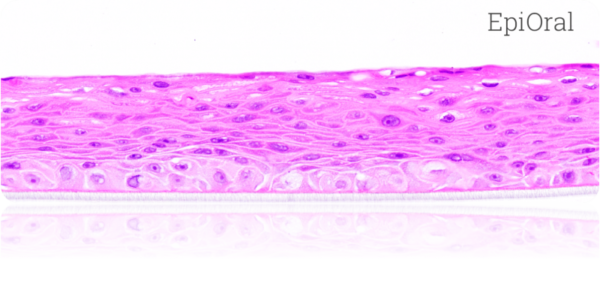

Here, in the run-up to mitosis (the stage of the cell cycle in which the nucleus divides in two), the researchers show that the entire nucleus rotates between 80 and 700 degrees over a period of minutes to hours. The Biological phenomena Are any kind of change that alters the life of ecosystems, biological dependencies and the trophic systems of ecosystems. The ability of the microscopic technique to capture data from the entire cell simultaneously allowed the authors to provide important new information about the intriguing but little-understood process of organelle spinning. Applying their techniques, they quantified for the first time the flux of fat droplets within a whole cell, measuring their rate of formation and changes in mass over time, and revealing new aspects of their dynamics, including the synchronization of swelling among a subset of droplets. In the current study, the authors applied multiple image-processing techniques to extract quantitative data from their holo-tomographic images. The whole process is done without dyes and at very low levels of light, preserving the structural and behavioral integrity of the cell during image capture. Information and translations of biological phenomena in the most comprehensive dictionary definitions resource on the web. By tipping the sample, multiple such images can be combined to create a three-dimensional picture of the cell.

When the two parts are recombined, differences in their wave forms can be used to create an image based on differences in the refractive index of the cell's components. Exploring Phenomena That Connect Science, Self, and Society By Julie H. most critical predictor of whether a task can meaningfully elicit three-dimensional performances from all students. Health disparities human development social genomics socioeconomic status.A wide variety of techniques is available to study living cells, but many of them have intrinsic limitations, such as the need for damaging levels of light, or the use of interfering dyes, or poor contrast and resolution.Ī relatively new form of microscopy, called holo-tomographic microscopy, surmounts some of these limitations, by splitting a light beam, diverting one part and letting the other pass through the sample. We conclude with a brief review of the papers in the volume, which showcase the value of a biosocial approach to understanding the pathways linking social stratification, biology, and health across the life course.
BIOLOGY PHENOMENA FULL
The biosocial approach also underscores the importance of the life course, as assessments of both biological and social features throughout human development over time, and across generations, are needed to achieve a full understanding of social and physical well-being. By bringing social science concepts and study designs to biology and biomedicine, we encourage an epistemological shift that foregrounds social/contextual factors as important determinants of human biology and health. Human biology is a social biology, and biological measures can therefore identify aspects of social contexts that are harmful, as well as beneficial, with respect to well-being. This YouTube channel has hundreds of videos that explore the science behind real life phenomena. By bringing biology into the social sciences, we can illuminate mechanisms through which socioeconomic, psychosocial, and other contextual factors shape human development and health. A good phenomenon is observable, interesting, complex, and aligned to the appropriate standard. Phenomena add relevance to the science classroom showing students science in their own world. In the science classroom a carefully chosen phenomenon can drive student inquiry. To address this gap, we define the "biosocial approach" as one that conceptualizes the biological and social as mutually constituting, and that draws on models and methods from the biomedical and social/behavioral sciences. A phenomenon is simply an observable event. Social and biological phenomena are widely recognized as determinants of human development, health, and socioeconomic attainments across the life course, but our understanding of the underlying pathways and processes remains limited. To promote data travel, data-centrism in model organism biology embraces data decontextualization using the phenomena-laden relational databases discussed in the preceding section.


 0 kommentar(er)
0 kommentar(er)
